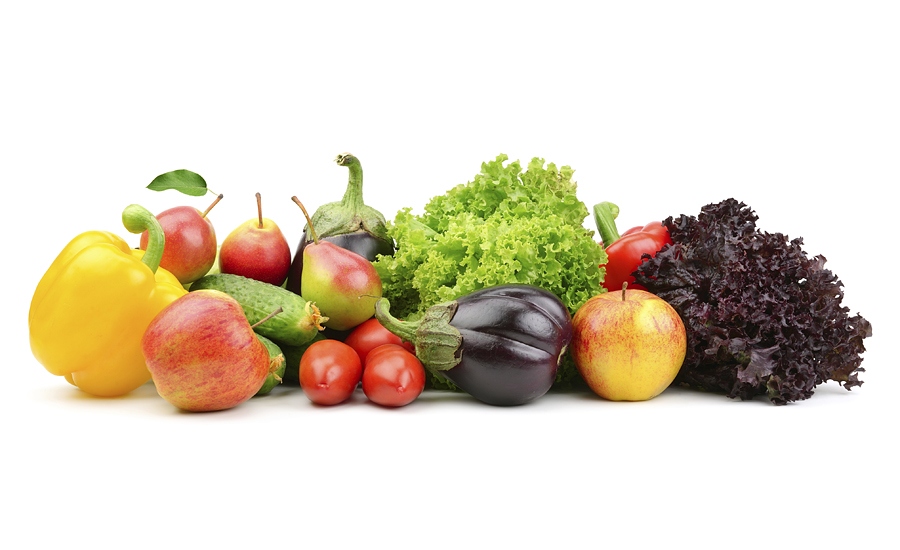Study reveals affluent food shoppers more likely to purchase natural, organic products
This consumer survey data found that affluent food shoppers are increasingly moving in the direction of eating more organic and natural foods.

Wealthy Americans are among the most influential and active participants in the natural and organic food market, according to “Affluent Food Shoppers,” a new report released by Packaged Facts, Rockville, Md.
This consumer survey data found that affluent food shoppers are increasingly moving in the direction of eating more organic and natural foods, and are more likely than non-affluent food shoppers to respond that they are eating more natural foods or organic-certified foods compared to a few years ago. They also have a somewhat higher likelihood of more carefully avoiding foods with artificial ingredients.
"Affluent food shoppers are drawn to the food culture and shopping experience offered by stores in the natural channel," says David Sprinkle, research director. "They are much more likely than their non-affluent counterparts to shop at either Whole Foods or Trader Joe's or at independent natural food stores, community co-ops, farmers markets or specialty and gourmet outlets."
Due to these propensities, Packaged Facts advises that grocers can improve their outreach to affluent consumers by reflecting the values of the natural channel. This means promoting values such as fair trade, local sourcing, sustainably grown products, humane treatment of animals and clean labeling. It also means carrying brands that align with the mindset of affluent food shoppers. For example, brands meeting the expectations of affluent food shoppers often have a philanthropic image and frequently characterize their ingredients and products with terms such as "honest," "authentic," "trusted," "finest," "freshest," natural," "pure," "real" and "safe."
"Since affluent food shoppers are far more likely to buy organic fresh and frozen foods, stores need to provide a full range of options in this category," says Sprinkle.
About the report:
This report focuses on the food shopping and buying patterns of affluent food shoppers, who are defined as those with a household income of $150,000 or more. Affluent food shoppers are further segmented into mass affluent food shoppers, with a household income of $150,000-$249,999, and highly affluent food shoppers with an income of $250,000 or more. The report also includes an overview of top-line opportunities in the affluent food shopper segment, an in-depth assessment of the food purchasing patterns of affluent food shoppers, profiles of their demographic characteristics and attitudes toward food and an analysis of the channel choices, in-store behavior and brand preferences of affluent food shoppers.
Looking for a reprint of this article?
From high-res PDFs to custom plaques, order your copy today!






